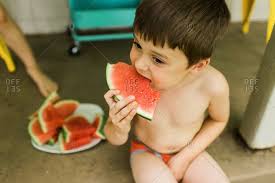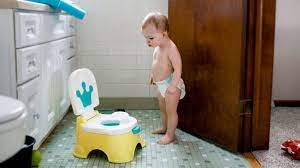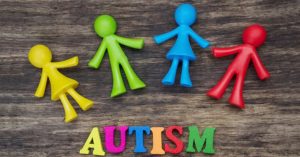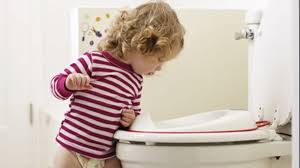
Potty training is a daunting task for any parent. How do you know when it is time to potty train your autistic child? More importantly, how do you do it successfully?
Toileting Readiness Checklist
Start toileting once your child is demonstrating at least 5-6 of these readiness signs. Find a 2-3 month period where no big changes or stressors will occur.
- Child is able to walk to and from bathroom independently.
- Child has the balance to sit on the toilet for 2-5 minutes.
- Child stays dry for at least 1.5-2 hours at a time during the day.
- Child notices when a diaper or clothing is wet or soiled and appears uncomfortable.
- Child demonstrates some awareness of an impending urine accident.
- Child demonstrates some awareness of impending bowel movement.
- Child shows interest in self-care (dressing, handwashing, toileting, etc.).
- Child shows interest in others toileting.
- Child asks to wear grown up underwear.
- Child has bowel movements that follow a regular and predictable pattern.
- Child indicates the need to go to the bathroom through facial expressions, postures, gestures or words.
- Child can follow simple instructions.
- Child is able to pull clothes up and down/ on and off.
Reinforcement/Consequences
Research shows that positive reinforcement is an effective and quick method of toilet training. Identify the reinforcers or consequences that you will use to follow the target behaviors. What will happen when the following behaviors occur?

- If the child sits on the toilet
- If the child is dry
- If the child urinates on the toilet
- If the child independently requests the toilet
- If the child has an accident
After your child successfully uses the toilet (or any of the desired behaviors), reward them right away. Use toys or treats that the child really enjoys and save them only for potty training. The child will want to be successful in order to get their special treat. When your child earns a reinforcement, provide praise, access to a preferred leisure activity (video or toy) and one edible treat (cracker, chocolate chip etc.). The quicker you reward a behavior, the more likely the behavior will increase.
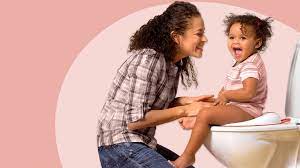
Toileting Tips
- It is important to get your child into underwear at home because they may not realize they have peed in their diaper or pull-up. The child will feel the uncomfortable wetness easier in underwear. Diapers or pull-ups can be used when your child is sleeping or away from home. Get your child used to feeling dry, not wet. When changing them, say things like, “You’re wet, that doesn’t feel good”
- Teach wet and dry aside from toileting, like with towels during bath time, or outside with the rain.
- Target bladder control before moving onto bowel control and finally night time control.
 Use an app! There are several different potty-training apps to track bathroom activity, set timers and more. We like Potty Whiz and Potty Time. Take data on everything from how much water is consumed to accidents to going to the bathroom to what happens in the bathroom.
Use an app! There are several different potty-training apps to track bathroom activity, set timers and more. We like Potty Whiz and Potty Time. Take data on everything from how much water is consumed to accidents to going to the bathroom to what happens in the bathroom.- Look for patterns when accidents occur to prevent them. Be conscious of other patterns, like noticing your child pees about 20 minutes after they drink water. This will help you schedule bathroom trips around your child’s natural habits.
- Take child to the bathroom first thing in the morning, after meals, after naps, if they get up in the middle of the night.

- If your child doesn’t like to drink water, feed them melons and other juicy fruits.
- Minimize the fuss when your child has an accident. That’s what it is, an accident. Remain positive and encouraging.
- Don’t wait for your child to tell you they need to use the bathroom. Tell them it is time for a bathroom trip. Make bathroom trips part of your daily schedule, and stick to that routine. Consistency is important in creating this new habit.
- Make your life easier by dressing your child in easy to remove clothing and have many pairs of underwear on hand.

- Make sure toileting is a comfortable experience by using a smaller potty seat. Be aware of your child’s sensory needs as well and make the bathroom a comfortable as you can – dim the lights, don’t turn on the fan, use soft toilet paper, or change type of soap.
- It’s important to give your child a way to communicate that they need to use the bathroom. You can use pictures of a toilet, sign language, a bell or alarm, or program your AAC device to signal needing to use the bathroom.
- Practice in different bathrooms so they know it’s okay to use different toilets in different places.
- Everyone working with the child should be on the same page, including family members, teachers, grandparents. This means using the same phrases, “It’s time to go potty” or “Bathroom time”, the same routines and reinforcements, and having aligned goals.
Other Resources
Autism Speaks offers a Parent’s Guide to Toilet Training Children with Autism that is informative and helpful.
Interested in services? Visit our website to submit a service inquiry form here. Let us know what topics you would like to learn more about: office@abainsight.net

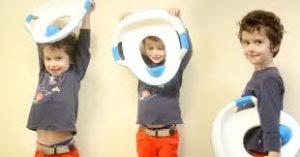

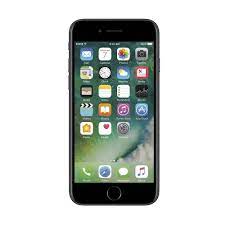 Use an app! There are several different potty-training apps to track bathroom activity, set timers and more. We like Potty Whiz and Potty Time. Take data on everything from how much water is consumed to accidents to going to the bathroom to what happens in the bathroom.
Use an app! There are several different potty-training apps to track bathroom activity, set timers and more. We like Potty Whiz and Potty Time. Take data on everything from how much water is consumed to accidents to going to the bathroom to what happens in the bathroom.